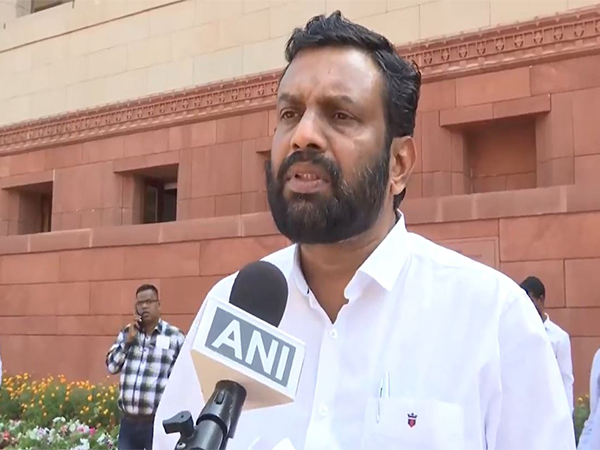
Tightening microfinance loan norms to defuse risk for overleveraged borrowers: S&P Global Ratings
Mar 30, 2025
New Delhi [India], March 30 : Tightening regulations and stricter underwriting standards in Indian microfinance will rein in growth plans for sector lenders and defuse risk build-up for overleveraged borrowers, said S&P Global Ratings.
Credit analyst at S&P Global Ratings, Shinoy Varghese, believes that tightening regulations will weigh on asset quality given many rely on new loans to repay old ones.
Microfinance loans typically have tenors below two years and are collateral-free for borrowers with annual income of up to Rs 300,000.
Microfinance, according to S&P Global Ratings, is critical to financial inclusion in India and can help low-income borrowers to participate in the country's growth trajectory.
Understanding this aspect has led to the easing of rules in recent years to give such individuals more scope to participate in the post-pandemic economic recovery.
The credit boom was compounded by deregulation in the microfinance lending rates in 2022, making it highly lucrative for lenders to lend such small loans.
Such exuberance in the microfinance space led the self-regulatory Microfinance Institutions Network (MFIN) to begin rolling out tighter borrowing rules in August 2024.
The introduction of tighter norms in the sector has since contracted the rate of lending, said S&P Global Ratings.
This slowdown in lending will also add to asset quality stress, it asserted. This is because in the microfinance lending boom that followed the pandemic, many borrowers repaid loans to one lender by borrowing from another.
The microfinance lending boom prompted self-regulatory MFIN to begin capping lenders to each borrower in August 2024, and will tighten this further starting in April 2025. S&P Global Ratings believes the cap on number of lenders to each borrower will defuse "larger risks".
"In our view, many microfinance institutions have tightened their lending norms beyond the fresh guidelines laid out by the MFIN," added credit analyst Varghese. "This should keep a check on asset quality strains. We expect the nonperforming loan ratio to peak by the fiscal year that ends March 31, 2026."
.


























